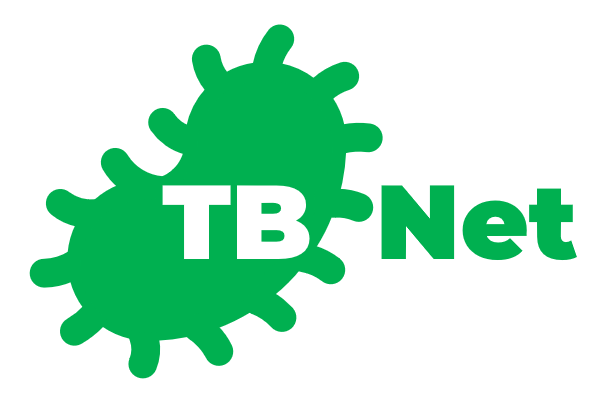Note: The TB-Net model provided here is intended to be used as a reference model that can be built upon and enhanced as new data becomes available. It is currently at a research stage and not yet intended as a production-ready model (not meant for direct clinical diagnosis). We are working continuously to improve it as new data becomes available. Please do not use TB-Net for self-diagnosis; seek help from your local health authorities.

Example chest x-ray images from 3 different patients, and their associated critical factors (highlighted in white) as identified by GSInquire. In this example, all three lungs have been diagnosed with tuberculosis.
Tuberculosis (TB) remains a global health problem, and is the leading cause of death from an infectious disease. A crucial step in the treatment of tuberculosis is screening high risk populations and the early detection of the disease, with chest x-ray (CXR) imaging being the most widely-used imaging modality. As such, there has been significant recent interest in artificial intelligence-based TB screening solutions for use in resource-limited scenarios where there is a lack of trained healthcare workers with expertise in CXR interpretation. Motivated by this pressing need, we introduce TB-Net, a self-attention deep convolutional neural network tailored for TB case screening. More specifically, we leveraged machine-driven design exploration to build a highly customized deep neural network architecture with attention condensers. We conducted an explainability-driven performance validation process to validate TB-Net's decision-making behaviour. Experiments using the Tuberculosis Chest X-Ray benchmark dataset showed that the proposed TB-Net is able to achieve accuracy/sensitivity/specificity of 99.86%/100.0%/99.71%. Radiologist validation was conducted on select cases by two board-certified radiologists with over 10 and 19 years of experience, respectively, and showed consistency between radiologist interpretation and critical factors leveraged by TB-Net for TB case detection. While not a production-ready solution, We hope that the release of TB-Net will support researchers, clinicians, and citizen data scientists in advancing this field.
The World Health Organization (WHO) recently introduced a new recommendation that, for those aged 15 years and older in populations in which TB screening is recommended, computer-aided detection (CAD) approaches may be used in place of human readers for interpreting digital chest X-rays for screening and triaging TB. https://apps.who.int/iris/bitstream/handle/10665/340255/9789240022676-eng.pdf
For a more detailed description of the methodology behind TB-Net, please click here.
If there are any technical questions after the README, FAQ, and past/current issues have been read, please post an issue or contact:
If you find our work useful, you can cite our paper using:
@misc{wong2021tbnet,
title={TB-Net: A Tailored, Self-Attention Deep Convolutional Neural Network Design for Detection of Tuberculosis Cases from Chest X-ray Images},
author={Alexander Wong and James Ren Hou Lee and Hadi Rahmat-Khah and Ali Sabri and Amer Alaref},
year={2021},
eprint={2104.03165},
archivePrefix={arXiv},
primaryClass={eess.IV}
}
- Requirements to install on your system
- Dataset recreation
- Steps for training, evaluation and inference of TB-Net
- Results
- Links to pretrained models
The main requirements are listed below. A full list can be found in "requirements.txt".
- Tested with Tensorflow 1.15
- OpenCV 4.5.1
- Python 3.6
- Numpy 1.19.5
- Scikit-Learn 0.24.1
For OpenCV, you may need to install some system dependencies:
apt-get install -y --no-install-recommends libgl1-mesa-glx libglib2.0-0
Python packages can be installed with:
python3 -m pip install -r requirements.txt
To recreate the dataset that we used for our experiments, follow these steps:
- Download the original dataset here.
- Extract the files.
- Run the
create_dataset.pyscript, making sure to point the 'datapath' argument at the root directory containing the extracted files. This script will perform pre-processing on all the images, converting them into the format we used. - Wait for the processing to complete.
These are the final results for TB-Net on the test dataset. The test dataset contains 348 normal samples and 345 tuberculosis samples.
| TB-Net Details | ||||
|---|---|---|---|---|
| Accuracy | Sensitivity | Specificity | # Params (M) | MACs (G) |
| 99.86 | 100.0 | 99.71 | 4.24 | 0.42 |
